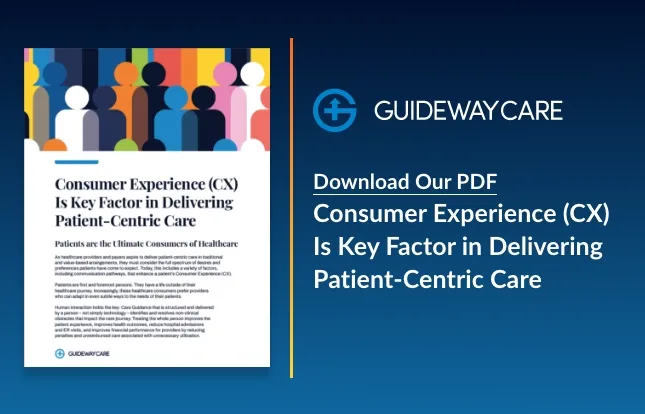Why Is Patient Engagement Important and What Are the Different tools Used?

Healthcare providers are always looking for ways to improve patient engagement. After all, engaged patients are more likely to comply with treatment plans and follow up with their doctors. They’re also more likely to be satisfied with their care. Patient engagement aims to get patients more involved in their health and healthcare.
There are several ways to improve patient engagement, but one of the most important is using the right tools. Here are a few essential tools that can help you improve patient engagement:
1. Communication Tools
One of the best ways to improve patient engagement is to ensure you have the right tools to facilitate communication. It includes things like a secure messaging system, appointment reminders, and online bill pay.
A secure messaging system allows patients to quickly get in touch with their care team without making a phone call or email. This process can be a great way to answer questions or address concerns quickly.
Appointment reminders can help reduce no-show rates, saving practice time and money. Online bill pay can help patients stay on top of their payments and avoid late fees.
2. Patient Health Tracking Tools
Remote patient monitoring (RPM) is a growing healthcare trend in which patients use technology to track and share their health data with clinicians. RPM can help improve patient engagement by making it easier for patients to track their health and receive feedback from their care team.
Some of the most popular RPM tools include:
Pulse Oximeter:
A pulse oximeter is a small, wearable device that measures blood oxygen levels.
Blood Pressure Monitor:
A blood pressure monitor is a device that helps people track their blood pressure at home.
Weight Scale:
A weight scale can help patients track their weight and receive feedback from their care team about healthy weight management.
3. Patient Portals
New patients are often given a tour of the office, introduced to the staff, and made to feel comfortable. But what happens when they leave? How do you keep them engaged?
The best way to keep your patients engaged is by providing them with a patient portal. A patient portal is a secure online website that allows patients to:
- view their medical records
- communicate with their doctor
- schedule appointments
- pay their bills
- access test results
Patient portals are a great way to keep your patients engaged because they give them 24/seven access to their health information. They can also help reduce no-shows, increase patient satisfaction, and improve communication between patients and providers.
4. Electronic Prescription Services
An electronic prescription service is a web-based application enabling providers to send prescriptions to pharmacies electronically. This tool can help reduce errors, save time, and improve patient safety.
5. Social Media Platforms
Interactive content on social media is a great way to engage patients. You can use platforms like Twitter, Facebook, and Instagram to post interesting articles, polls, quizzes, and more. This will help you get patient feedback and start conversations that can lead to better patient engagement.
6. Live Video Chat
It is essential for patient engagement because it allows providers and patients to connect in real time. This type of technology can be used to provide education and answer questions, as well as conduct follow-up appointments. Live video chat is a great way to improve communication between providers and patients.
Guideway offers the best patient engagement solutions for hospitals. We will help you succeed in your patient engagement goals by providing the tools and resources necessary to improve communication and collaboration between patients, families, and care centers.
Contact Us Today To Learn How We Can Help
"*" indicates required fields




